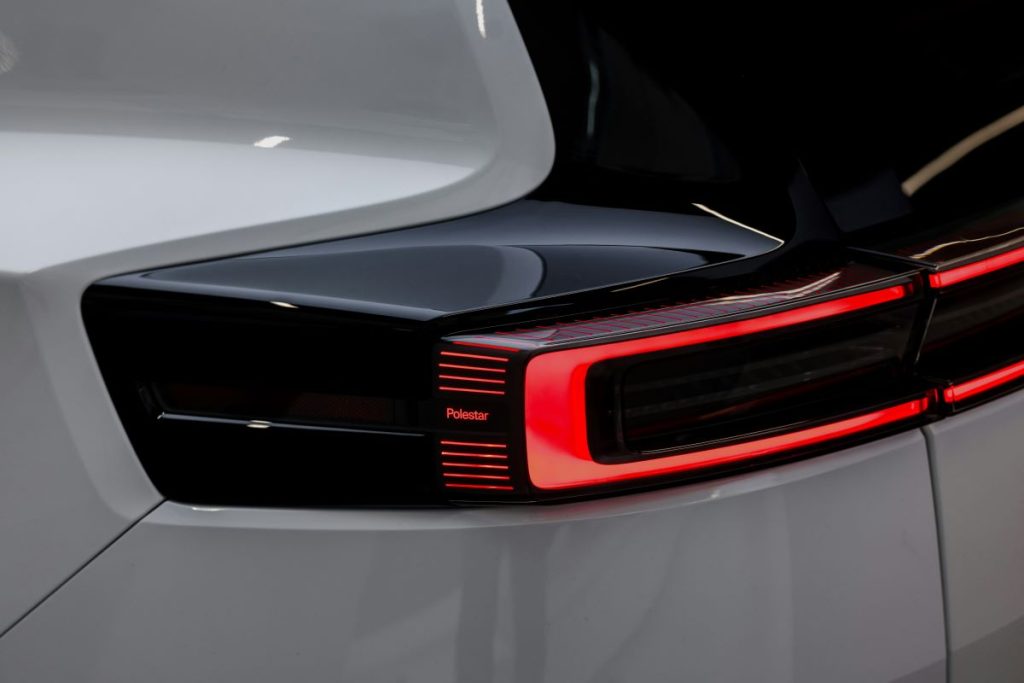Honda’s focus on U.S. electric vehicle production reflects its long-term strategy, but proposed tariffs on imports from Mexico could reshape its North American operations.
Balancing Electrification Goals with Policy Uncertainty
Honda Motor Co.’s commitment to expanding electric vehicle (EV) production in the U.S. underscores its long-term strategy to strengthen its position in the North American market. Yet, the automaker is also weighing the potential impact of President-elect Donald Trump’s proposed 10% tariff on imports, which could force significant adjustments to its broader production strategy.
During a Q3 earnings call on November 6, Shinji Aoyama, Honda’s executive vice president, reaffirmed the company’s decision to retool its Ohio manufacturing sites for EV production. This shift, he said, is part of a long-term vision to enhance Honda’s competitiveness in the growing U.S. EV market. Despite concerns about possible reductions in EV tax credits under Trump’s administration, Aoyama emphasized that Honda’s electrification plans remain unaffected.
“Our investment decisions are based on market trends, not political changes,” Aoyama said, noting that the company’s U.S. operations are designed to adapt to evolving conditions.
Navigating Tariff Challenges
Honda’s flexibility will likely be tested as it evaluates how to address the potential tariffs on imports from Mexico. Currently, the company produces about 200,000 vehicles annually in Mexico, with 80%—or roughly 160,000 units—destined for the U.S. market. If imposed, the new tariffs would apply to vehicles imported from Mexico beginning in 2025.
While Aoyama acknowledged the challenge, he pointed out that relocating production facilities isn’t an immediate solution, given the complexity of such transitions. “We must take action, but production shifts cannot happen overnight,” he said.
Aoyama also expressed optimism that any tariff implementation would be gradual, providing time for negotiations. He believes there may be opportunities for dialogue with the incoming administration, delaying significant impacts and allowing manufacturers like Honda to explore alternative strategies.
For now, Honda is maintaining a wait-and-see approach, alongside other manufacturers with operations in Mexico who have sought to leverage the nearshoring trend. “We need to see what unfolds and assess our options accordingly,” Aoyama said.
Strategic Adjustments on the Horizon
As Honda continues its push toward electrification in the U.S., its ability to adapt to shifting trade policies will shape its overall North American production strategy. The automaker’s investments in flexible manufacturing underscore its resilience in navigating policy uncertainty while keeping long-term goals in focus.







